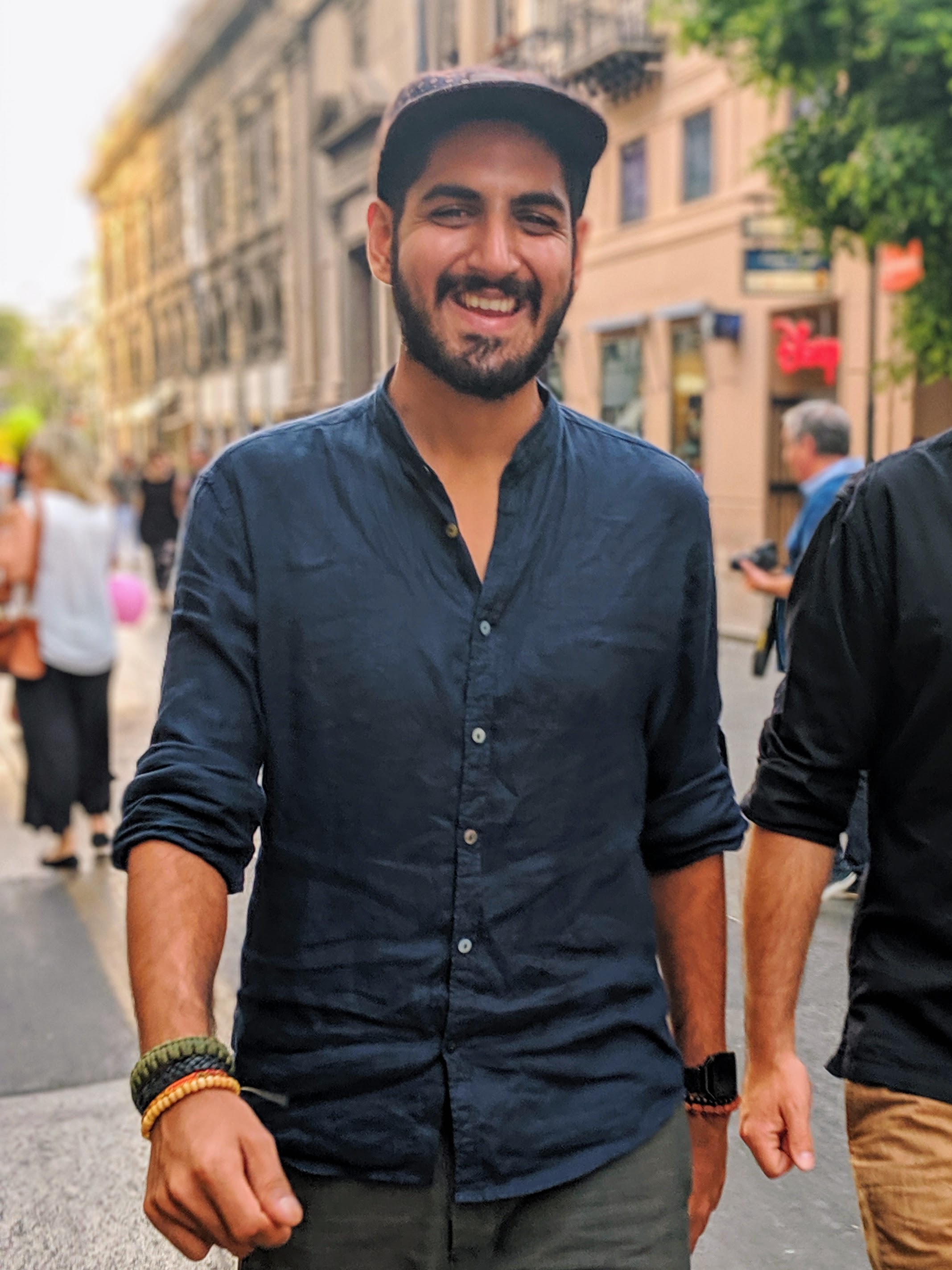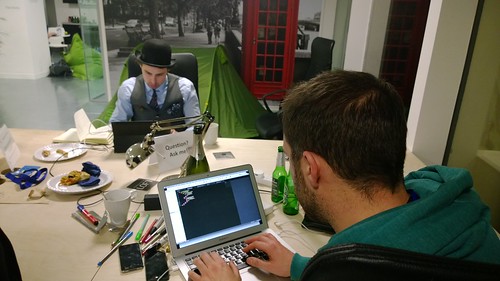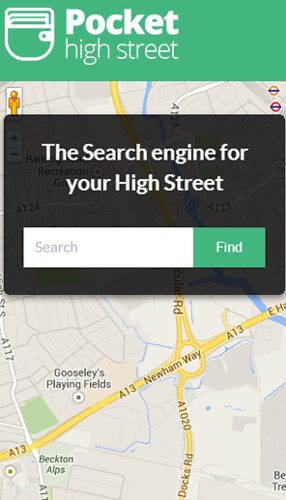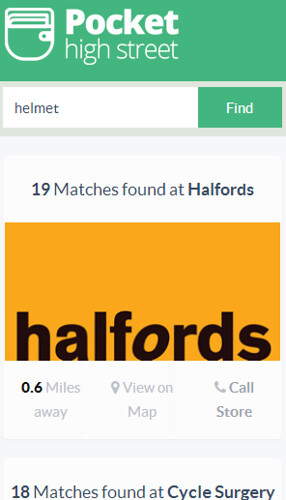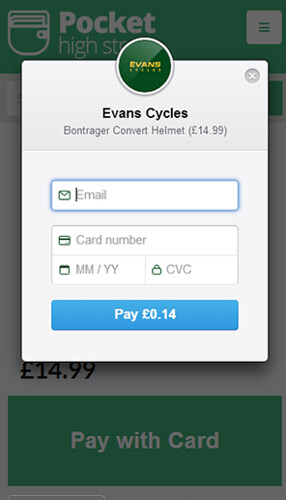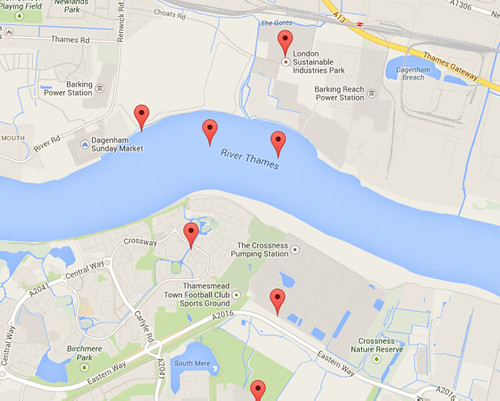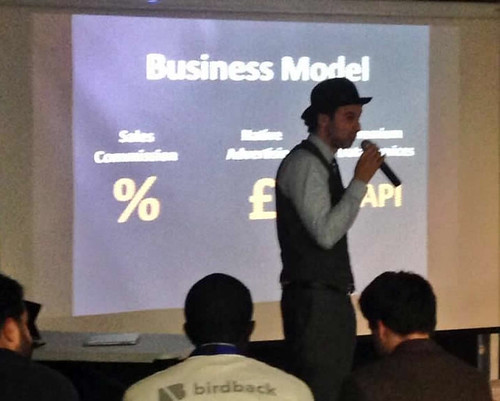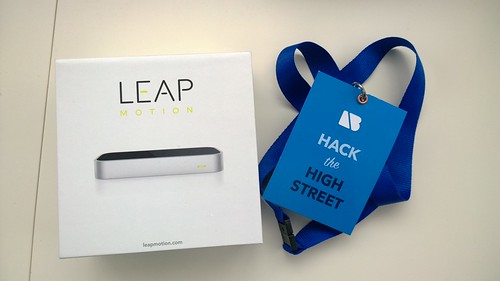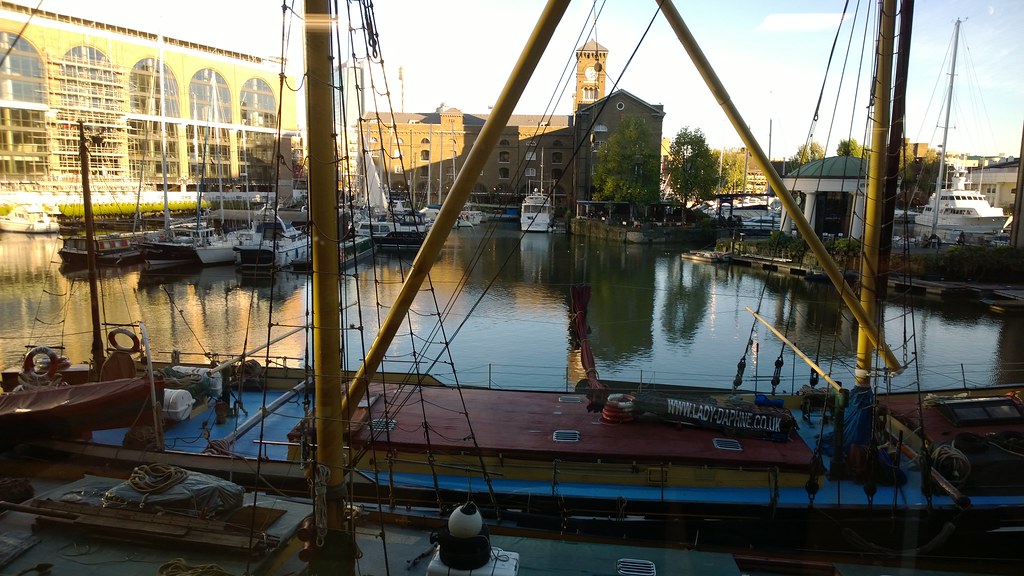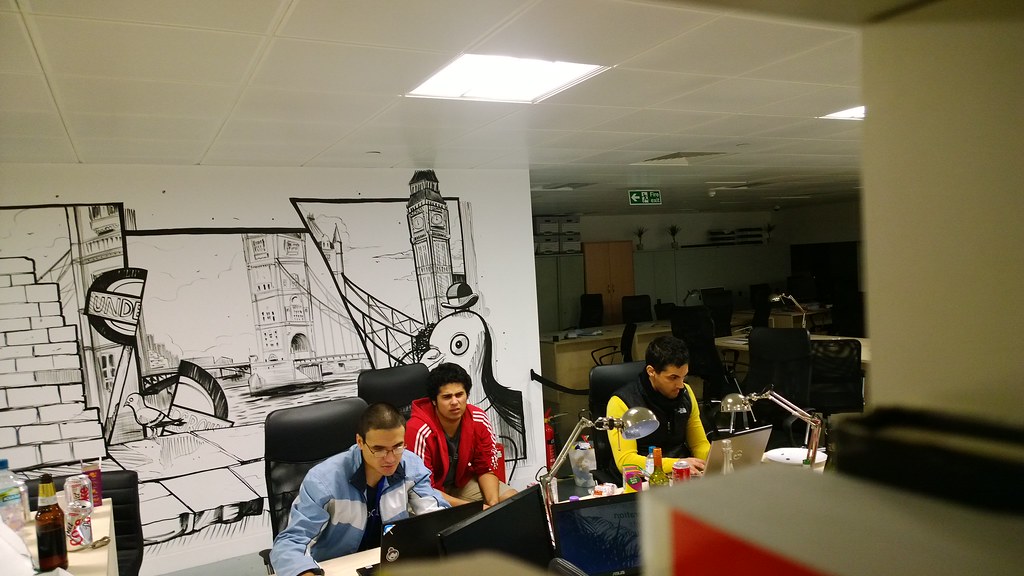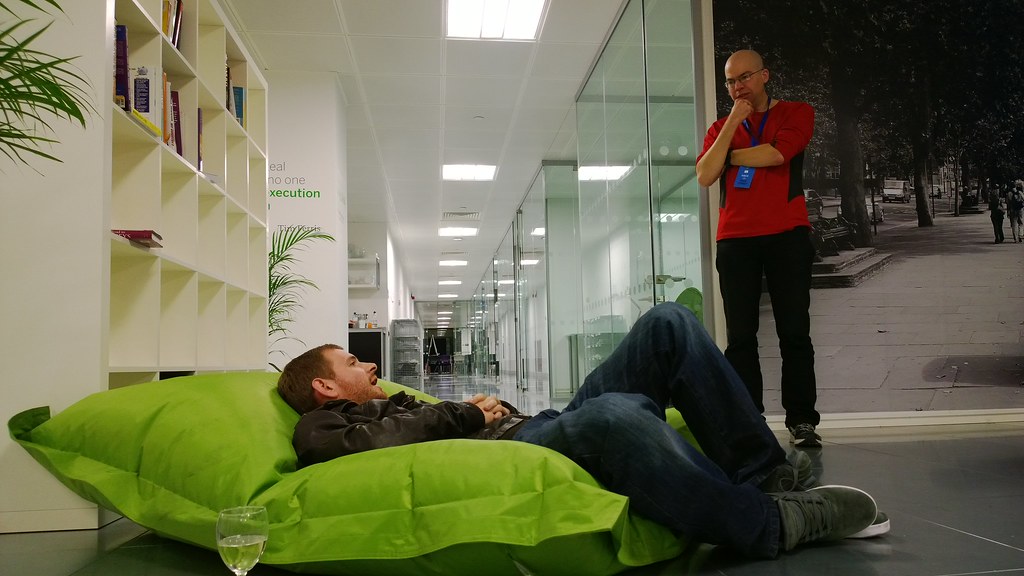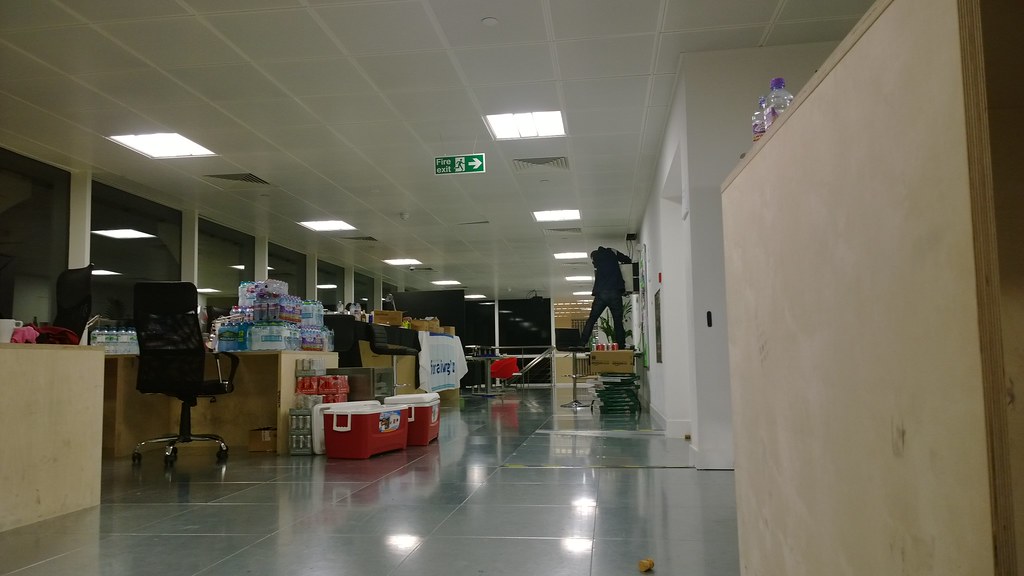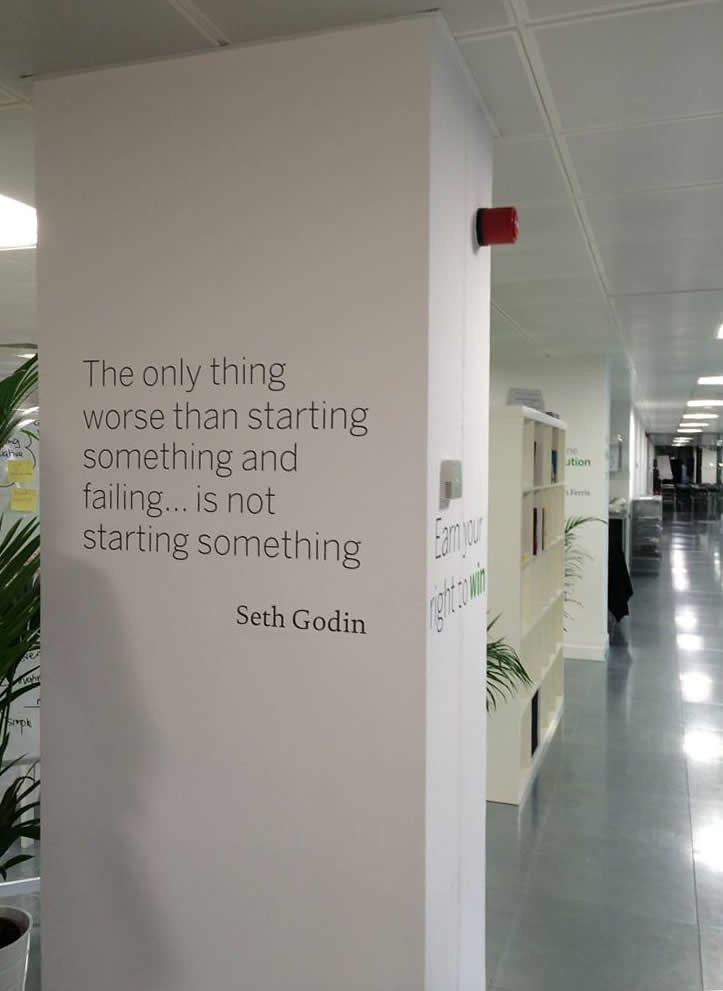Pocket High Street
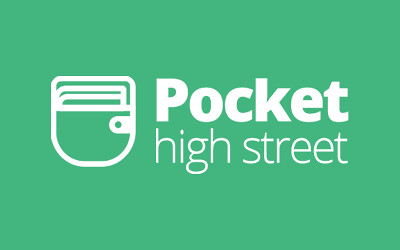
Hack The High Street was a hackathon held at a great co-working space in London which aimed to help innovate high street retail. The event was hosted by Birdback along with American express who partnered with industry experts in the retail space to explain problems they were facing which we would then have 24 hours to fix by building teams, a minimum viable product and then demoing it to the experts in a three minute presentation.
The event kicked off with Birdback showing off their API which allows developers to build things which can very-easily accept payments from customer’s credit cards. King Fisher and Marks & Spencer also each explained what challenges they are facing in their retail stores and what kinds of problems they needed help with from developers, designers and entrepreneurs to solve. The problems explained by these industry experts was incredible to learn about as they really gave us a feel for how retail companies are evolving to survive in the world of the internet. Another thing which became very clear was how these mature companies are completely changing how they run their companies to utilise technology, become energy efficient and compete in a world with Amazon. Seeing this shift really gave me a lot of hope for the future of high street retail and was one of the biggest talking points of attendees at the event.
The event for me didn’t start off so great… I had previously planned out a Price Trakker related solution I could build with Alessandro to demo to Marks & Spencer, however he unluckily wasn’t able to make it because he had been up entire previous night fixing one of his apps which broke thanks to the main API which it relies on changing. This was an app which thousands of people in Italy relying on daily to give them updates on their transport networks – so it was kind of a big deal!
Finding a team wasn’t something I expected to do quickly however after talking to a few people I saw that there were plenty of interesting ideas and a lot of passionate people who came prepared to build awesome things. One person who sounded like he had a good grasp on the retail sector was Alex Schlagman (on the left) who as it turns out created our team by head-hunting each of us. Using himself as the ‘business/marketing guy’ who could help build ideas, figure out what we should be making and most importantly – how we should market it to the judges.
Then there was Pete Blatchford the designer (on the left) and UX pro, Richard Hollis the full-stack developer for the backend (on the right) and then me – another full-stack developer and data guy.
It also helped that Pete and Richard had previously worked together at another hackathon and had a great chemistry in working together, apart from that the rest of us had never met each other before.
Starting hacking was the hard part. The first few hours were spent simply brainstorming and talking to the industry experts trying to see what sorts of things we could build to help tackle the sorts of problems they were having in interacting with customers. This is where Alex’s ability to understand the problem from a business-perspective really helped out, this is something I had never seen the benefits in until now – having a business/marketing minded team member in a hackathon.
Our idea eventually came from Pete who explained an experience where he was cycling in London and a part on his bike broke. It was evening and he had no idea where he could purchase a replacement part and knew the bike would be un-usable until it was fixed. The solution was simple – build an app which uses your location to search for specific products in stock in retail stores around you. A key point we wanted to cover was that all retail stores could take part, not just the big boys, but even the smallest of local businesses could benefit from this.
Our app starts off with a simple search bar for users to search for the product they are looking for. Using your location it would show local retailers who are selling the products you are looking for ranked by the stores closest to you. This is shown in a list where you can see how many products matching your search terms are in stock in each store as well as directions to the store and an option to call the store. After selecting a store you are given a list to browse products matching your search terms which you can then go further into purchasing online and reserving to pick it up in person. This is something we learnt from Marks & Spencer who have found over 50% of online purchses on their website are ‘click and collect’ meaning customers are buying online but chosing to come into their local stock to pick it up.
Our in-app payments feature was made by using the Stripe api which I was amazed to how simple it was for Richard to integrate as it was simply a bit of JavaScript which pulled up an iframe which was directed to a secure Stripe page. This meant security wasn’t something we had to worry about either.
All-in-all our app was fully functional and looked amazing. This is where having a dedicated designer on the team really pays off as their entire efforts go into building a solid user interface and making it look like a polished final product.
My job in the team was to get all the product data which the app relied on. This wasn’t too hard as this is the kind of work I am used-to working on with Price Trakker. Our original plan was to use some left over data I had from a previous customer who had a demo with us, however it turned out the data was very out dated and a lot of the products in the dataset had been removed. I ended up scraping all the data fresh off the retailer’s websites which didn’t take long at as I’ve previously scraped these cycle websites before.
Another job I had was to get all the location data of where each store was located, which again wasn’t too hard because there are websites which have already curated that data and all I had to do was scrape it and convert it to a format which Richard could use for the backend.
A funny thing which happened was that the website I was using to get the store location data off had wrong lat and long for the stores. This meant we had our app thinking there were Halfords stores in the middle of the River Thames!
Towards the end of the hack I quickly had some time to showing Richard how he could use a custom Twilio api which I have to send text messages to myself which allowed him to send confirmation text messages to mobile’s after taking the payment. This was very small but it gave made our app seem a lot more polished and complete.
The presentation went very well. This is where having a marketing person like Alex paid off again as he had spent the entire hackathon preparing for the presentation which made it clear to the industry experts that we had understood their problems and how our app would solve them. Of all the presentations ours stood out as instead of presenting it from the developer’s perspective and going into depth about what we had made – the kind someone like myself would have given. Alex was able to explain the business case in why our app would be useful and spent the first two minutes of our three minute presentation going through the uses and business model of the app.
In the end we won third place and most importantly we had built an enthusiastic and fun team of people from different walks of life; a business/marketing guy, designer, full stack developer and myself with my knowledge in full stack development and data. A group of people I would defiantly work with again.
I think this hackathon perfectly illustrates what hackathons are all about - bringing together passionate people who love what they do to network and build awesome things.
